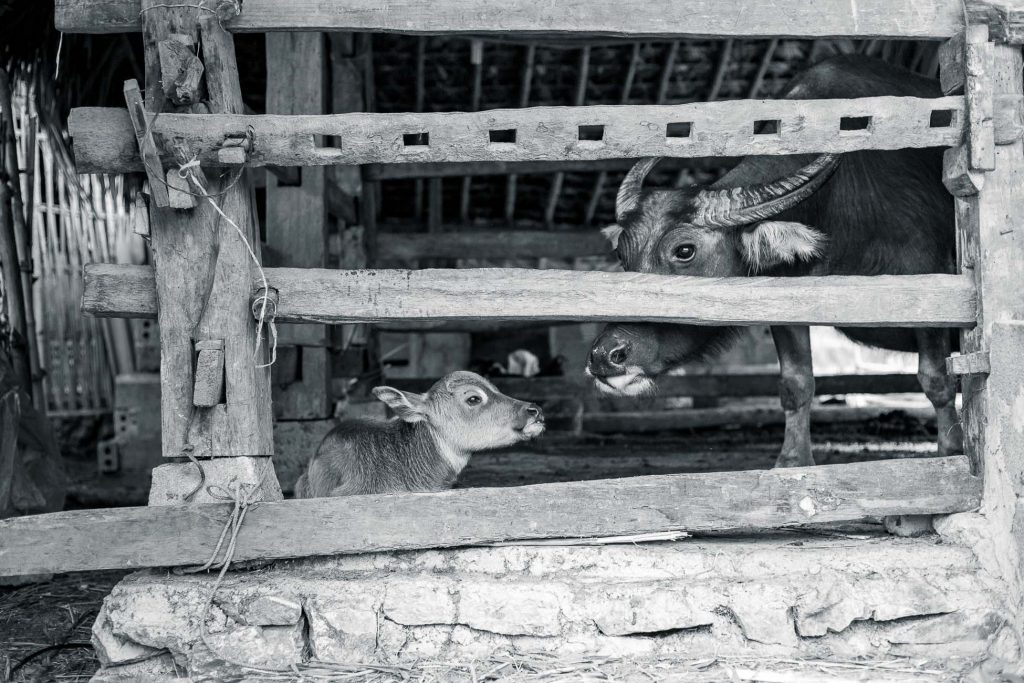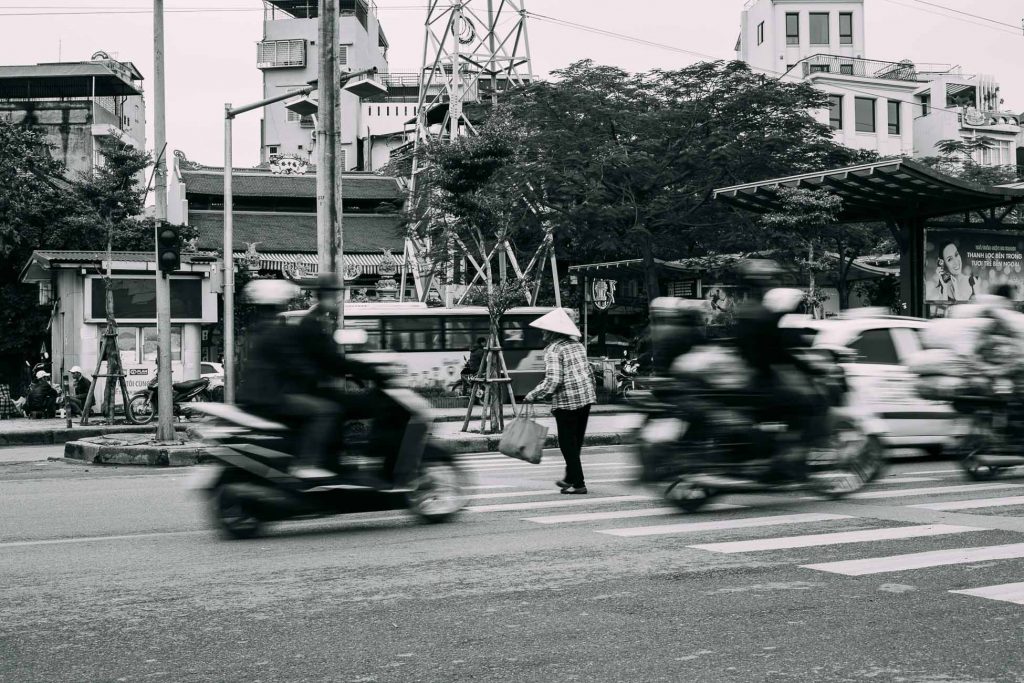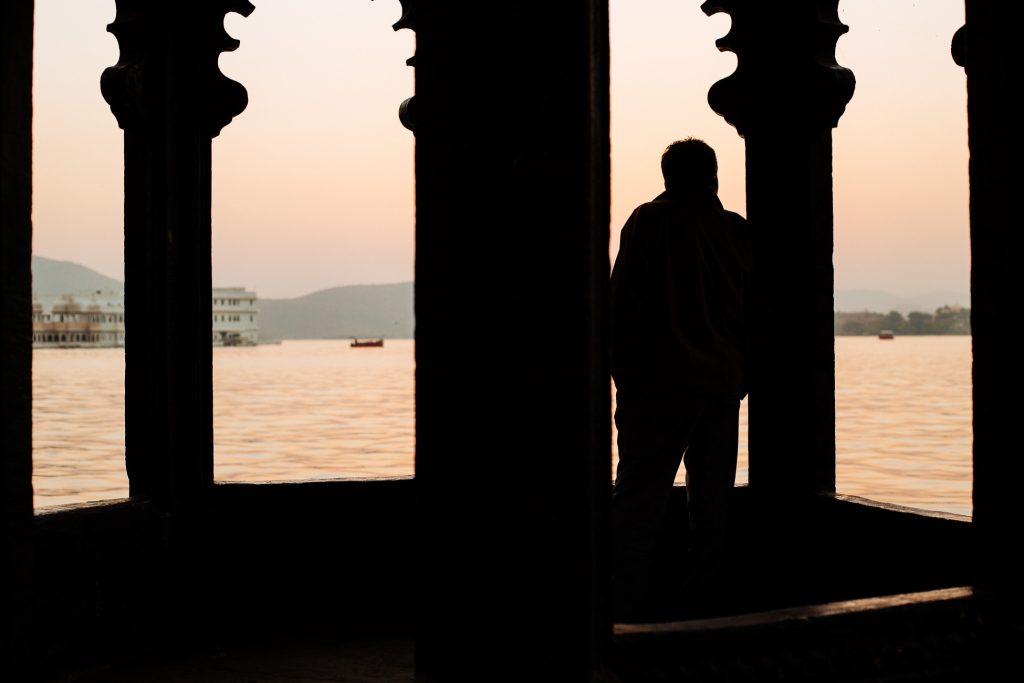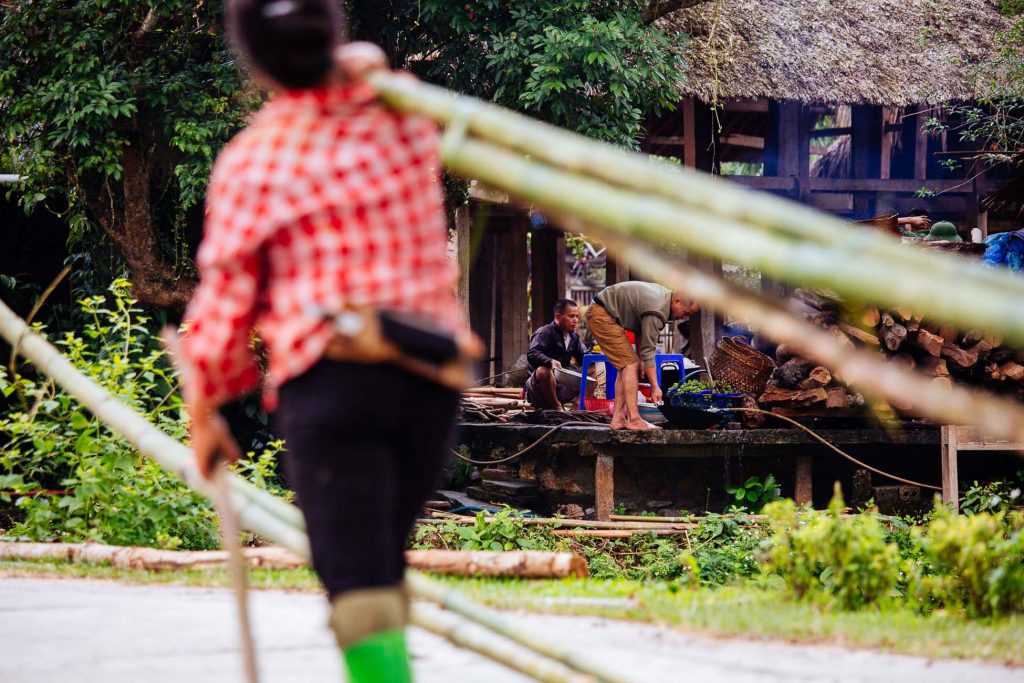In terms of composition, when we begin to ask basic questions like: “where should I place the subject in my frame?” and “what should I keep in the frame / what should I crop out?”, then aren’t we really just asking “what do I want to bring attention to – and how can I best achieve that?”.
Since returning from my recent trip overseas, I’ve spent a great deal of time choosing my favourite photos. In doing so, I’ve noticed there is one technique that keeps catching my eye.
I’m referring to a particular method of composition that National Geographic Portrait Photographer Oded Wagenstein admitted he was addicted to using, and articulated well in his book “Stories and Faces” when he wrote about ‘using frames within the environment to highlight the hero‘.
Note: he refers to the subject in his photos as the ‘hero’.
In the photo below (shot at 1/30s), I held down the shutter to burst-fire, and got lucky that the bicycle-rickshaw was able to highlight my heroes (the workers in the shop).

I consider this photo successful because as the viewer, my eye can’t help but be drawn toward the subject – and yet the environment (in this case the rickshaw), also provides context and speaks to the feeling of being amidst the chaotic traffic of the Historic French Quarter in Hanoi, Vietnam.
In this next image, the environment (drying clothes), act first to highlight my ‘hero’ in the middle, but also to remove any distractions from a man who is in a pose that communicates a somber, reflective mood.

Here, I use the curves of the surrounding architecture which resemble that of the Sikh temple to outline it.
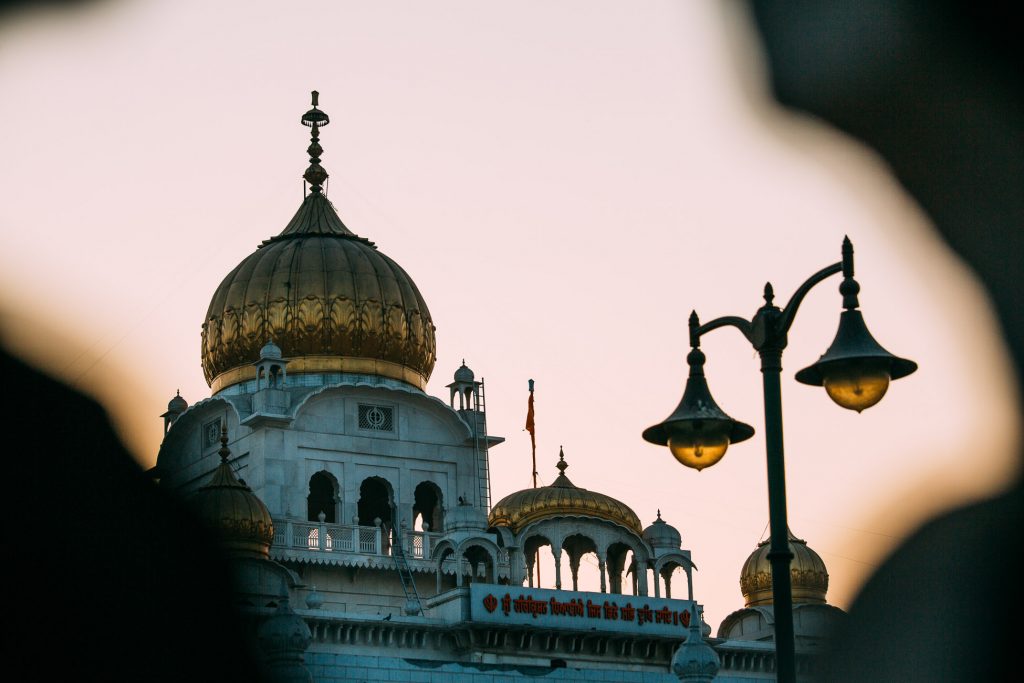
In the photo below, I intended for the instrument to point us toward the musician’s eyes. A subtle example, but hopefully still somewhat effective.
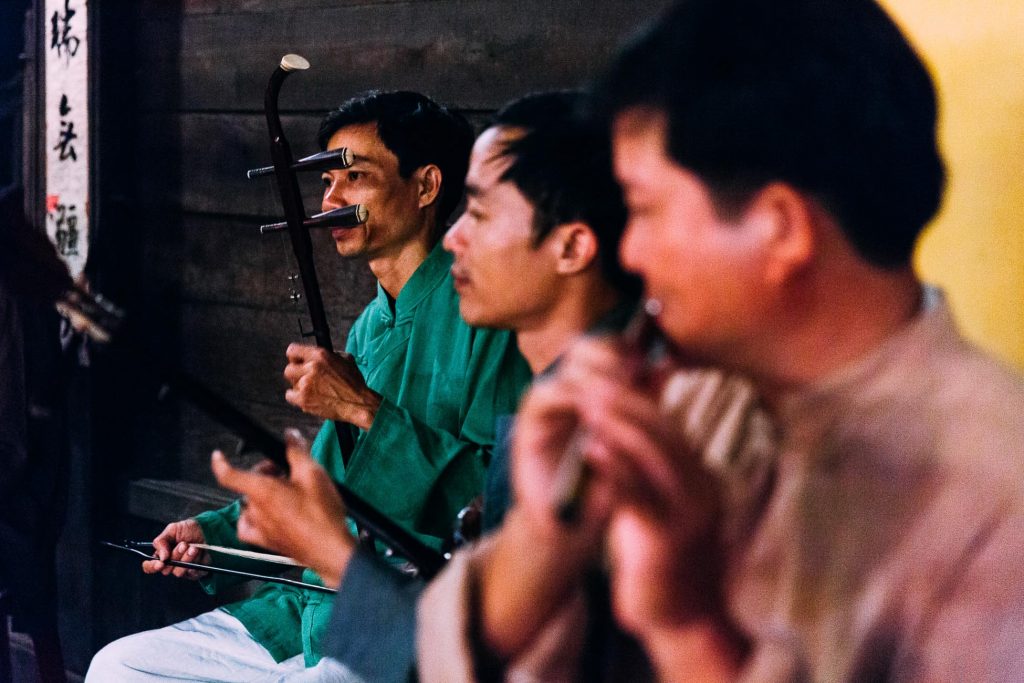
This photo juxtaposes a man seeking quiet on his smoke break with the busy street life beside him. In this case, the man is our hero and I tried to use the electrical wirings to outline him.
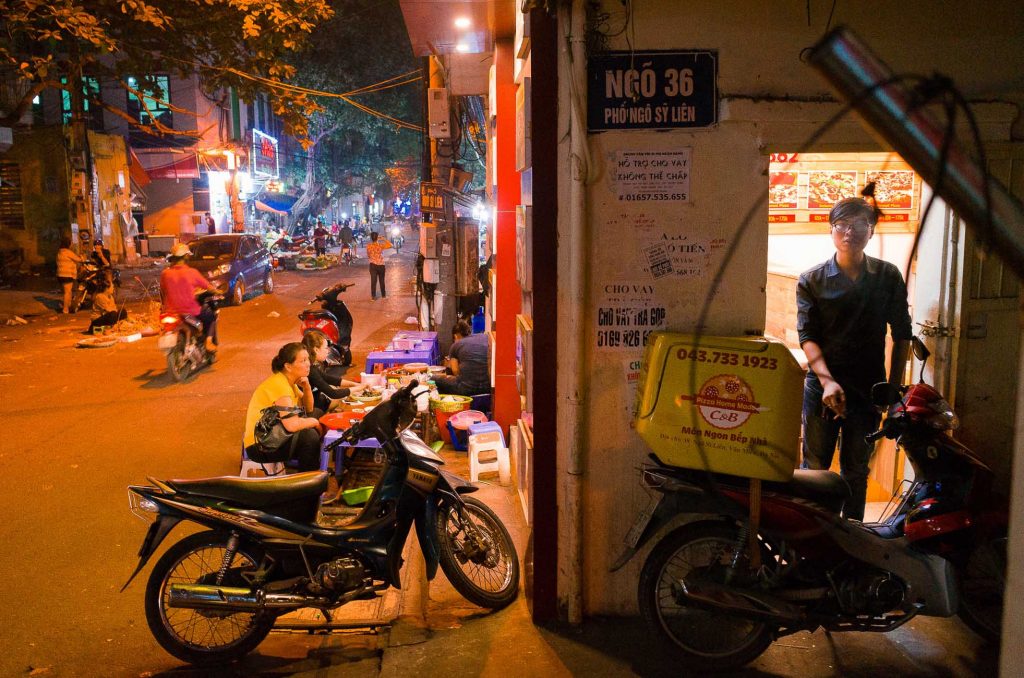
Instead of shooting the woman below cleanly, I tried to frame her surrounded by some of the rocks and uneven ground that make each step an effort. In this way, the photo may just feel more dynamic, more engaging.

Sometimes we get lucky, and our heroes highlight themselves for us. Well, at least one of them.
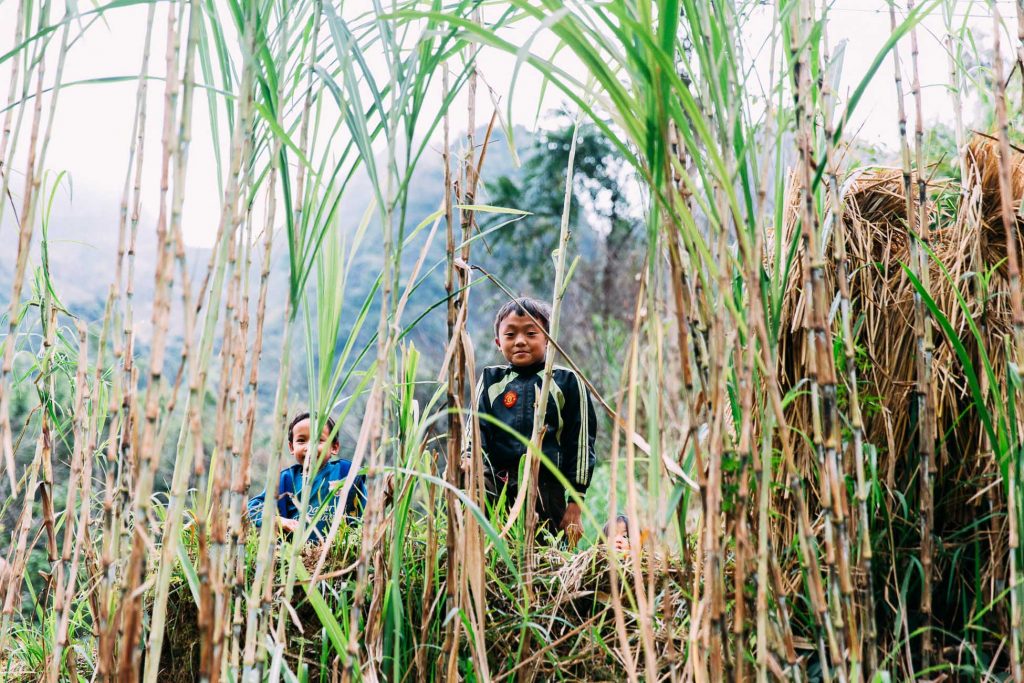
So you can see how even though I’ve been referring to one specific method of composition, that in practice, it is unlimited in possible applications. That’s re-assuring, because I think often times in art we can feel constrained by rules. But this is no rule, it isn’t a recipe to follow. And by continuing to find creative and new ways to apply the idea, it may be one of the ways to prevent my photography from getting stale.
